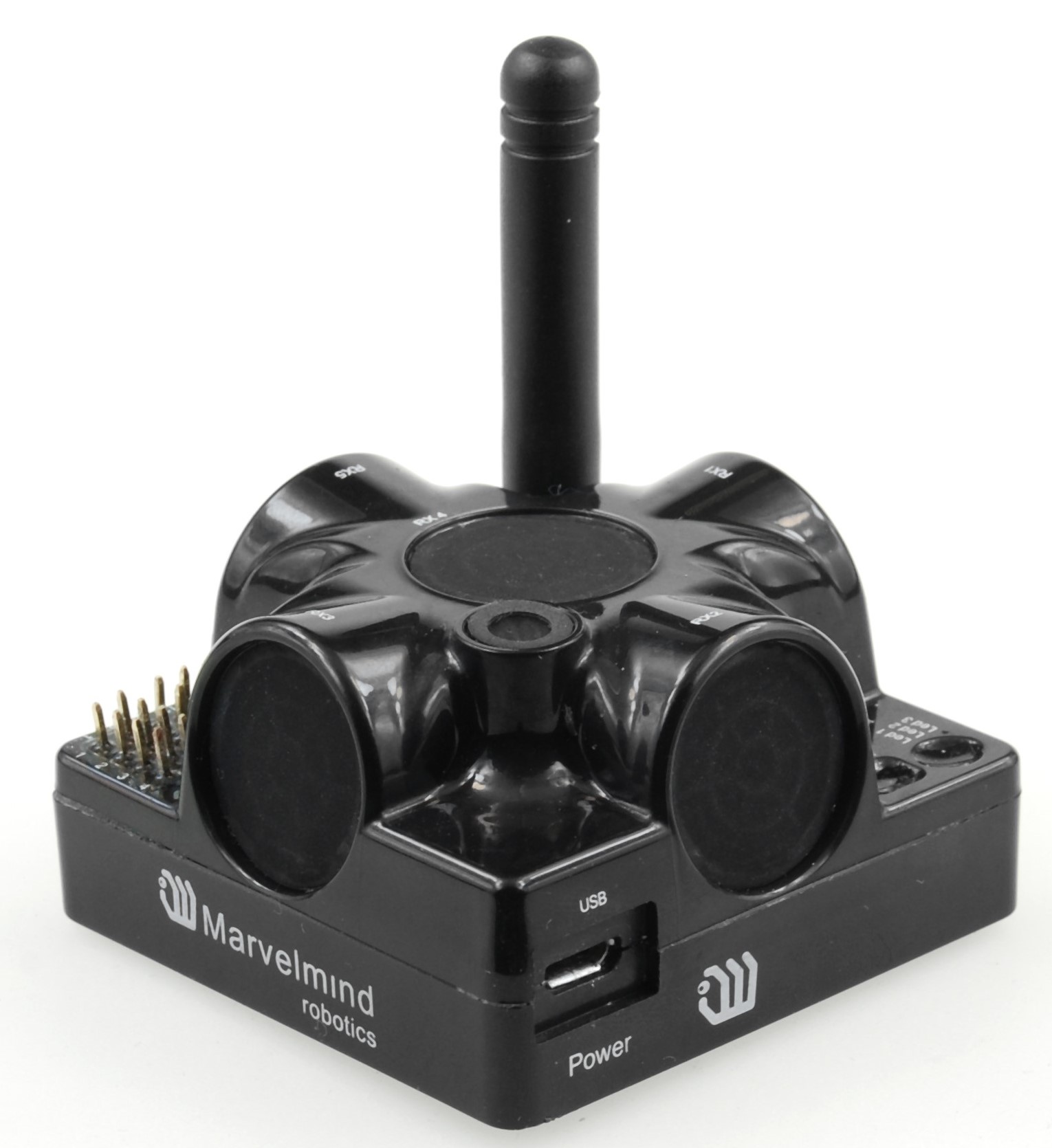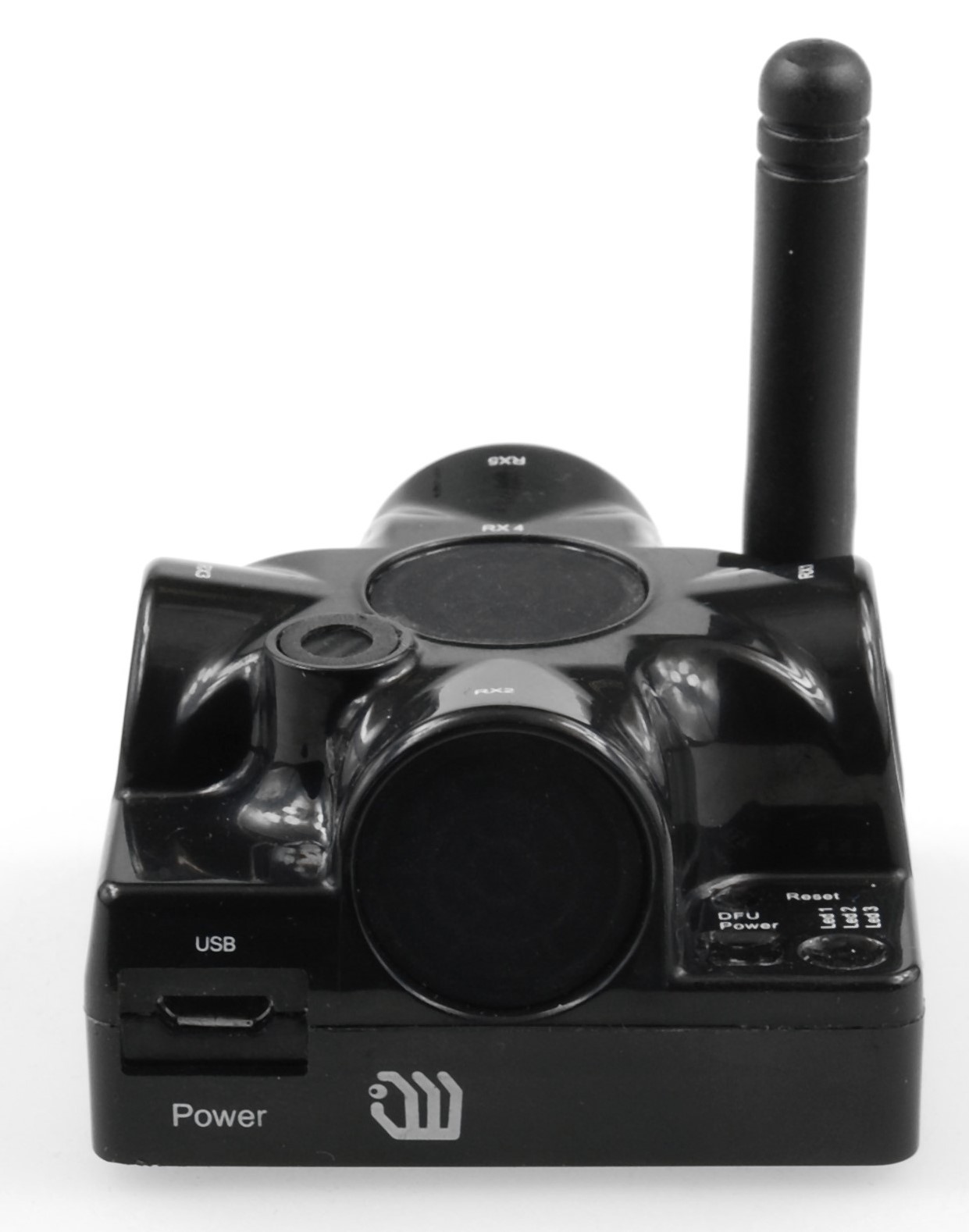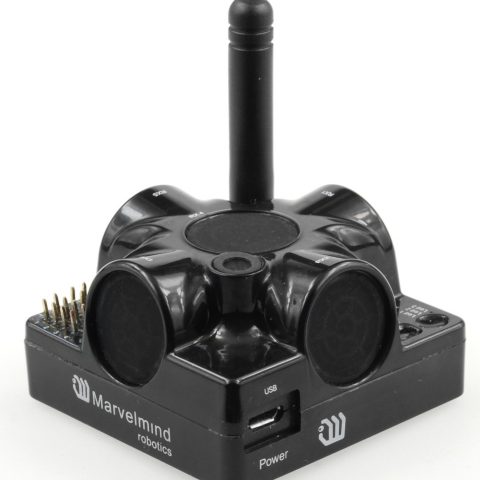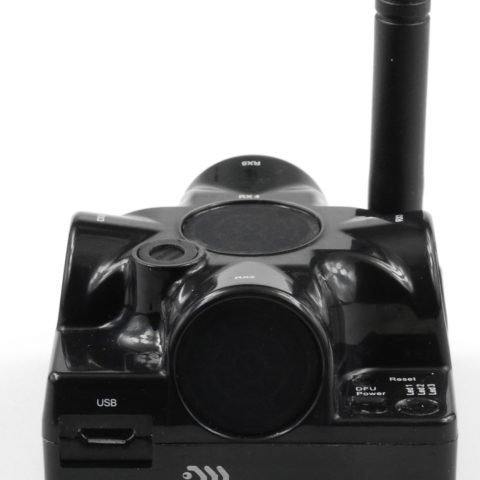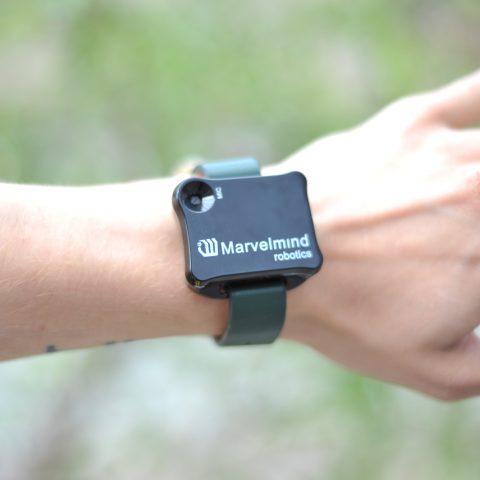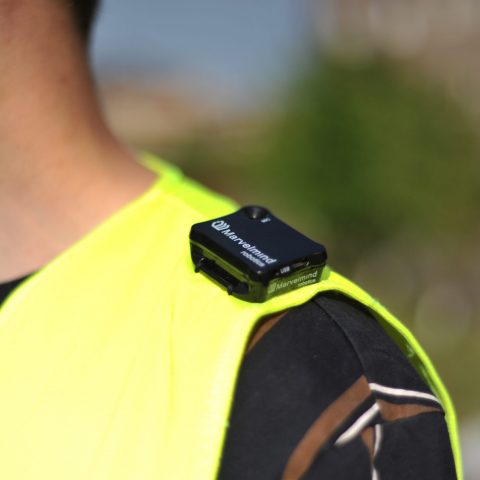The Super-Beacon-Outdoor is an outdoor version of the Super-Beacon. See detailed specifications for the Super-Beacon-Outdoor.
All essential SW, as well as Marvelmind Dashboard API, are already included in the price of the beacon. Just download the Marvelmind SW pack: https://marvelmind.com/download/ => https://marvelmind.com/pics/marvelmind_SW.zip.
Example of usage of Super-Beacon-Outdoor
Read more about Super-Beacons-Outdoor usage on the example of boats: Autonomous boats without GPS.
The Super-Beacon-Outdoor survives complete submersion into water. See the demo: https://www.youtube.com/watch?v=cIA2Gc5KaQI. However, as with any outdoor version, the performance during the rain and dust exposure is not guaranteed and depends on the severity of the conditions. It is also highly recommended to use external umbrellas or shields and similar protection, as well as periodic cleaning from dust to minimize the effect of long-term exposure to adverse environmental conditions.
The Super-Beacon has compound-sealed electronics, and its sensors are protected with a special IP56-rated protective membrane. Membranes bring additional minor losses to ultrasound signals. Thus, theoretically speaking, the range of the Super-Beacon-Outdoor is slightly lower than that of a regular Super-Beacon. However, in the majority of cases, the difference is not noticeable.
The Super-Beacon-Outdoor is a dual-use beacon – it can both receive and transmit ultrasonic pulses.
The Super-Beacon-Outdoor can be used in the Non-Inverse Architecture (NIA), the Inverse Architecture (IA), and the Multi-Frequency Non-Inverse Architecture (MF NIA): Architecture comparison.
The beacon Supports a license-free 915MHz ISM band (for example, US, Japan, Korea) and license-free SRD band 868MHz (for example, EU, Russia). Support of the 433MHz ISM band (EU, Russia) comes with a larger order. Notice that, for example, the 915MHz is the band’s name. The supported frequencies are from about 860MHz to 930MHz.
All Super-Beacons have 6D IMU (3D gyro + 3D accelerometer) onboard.
